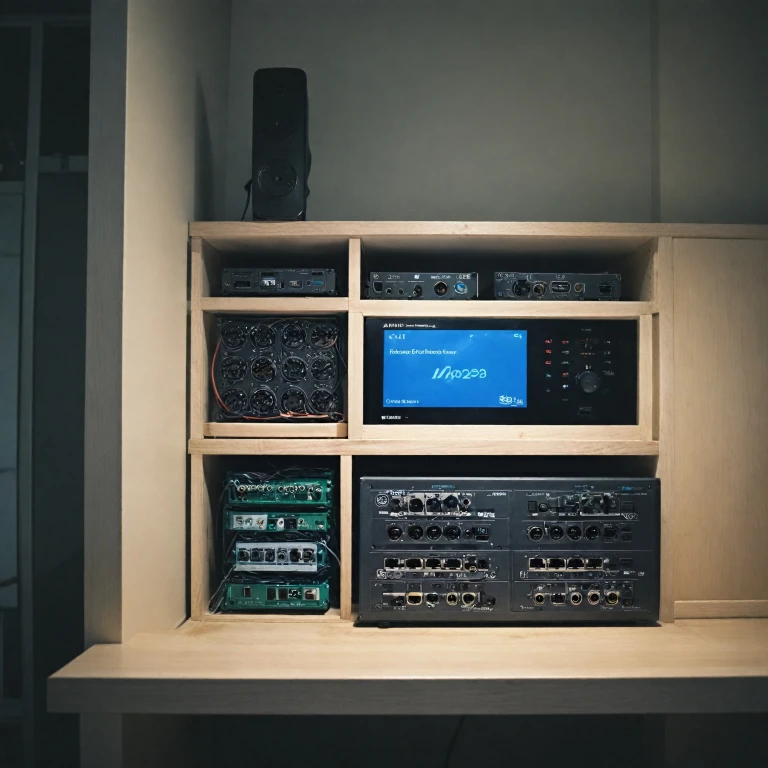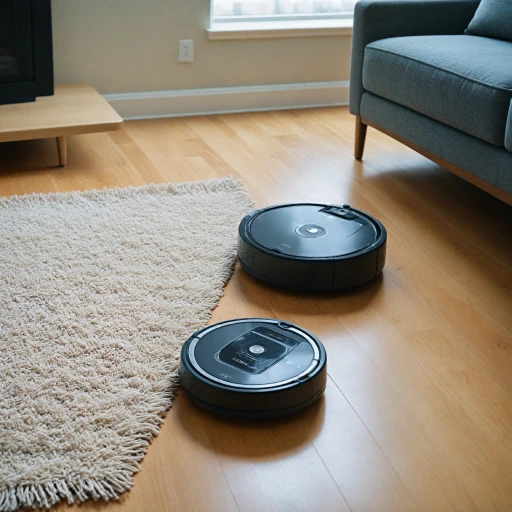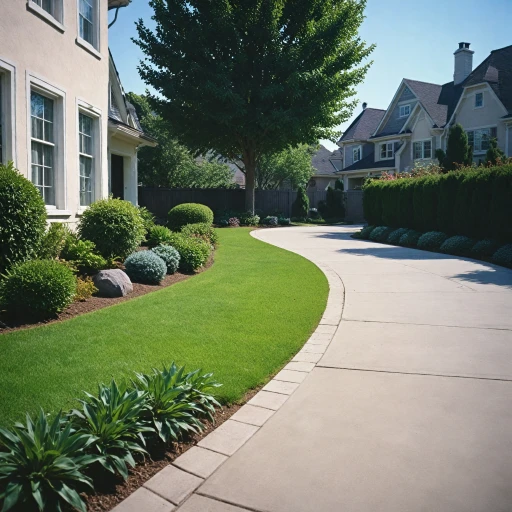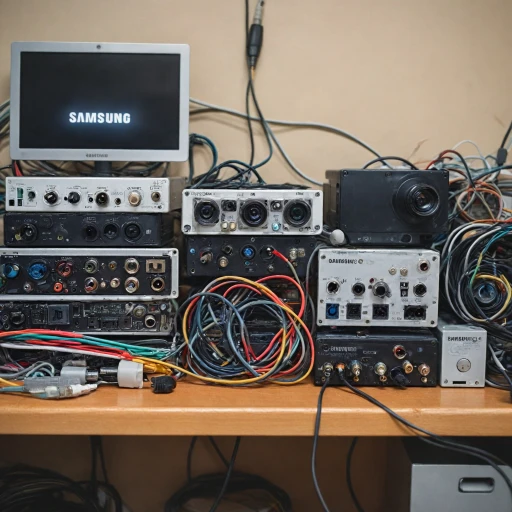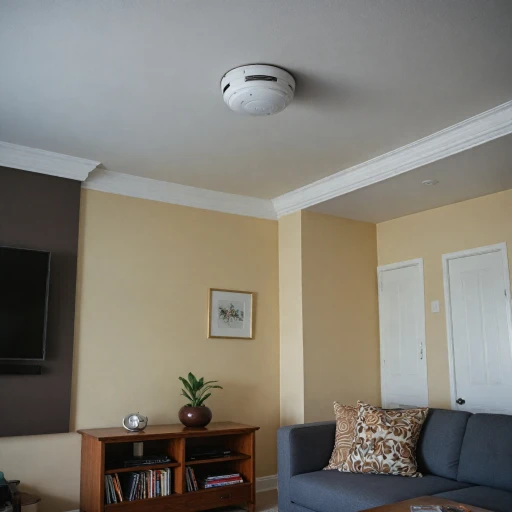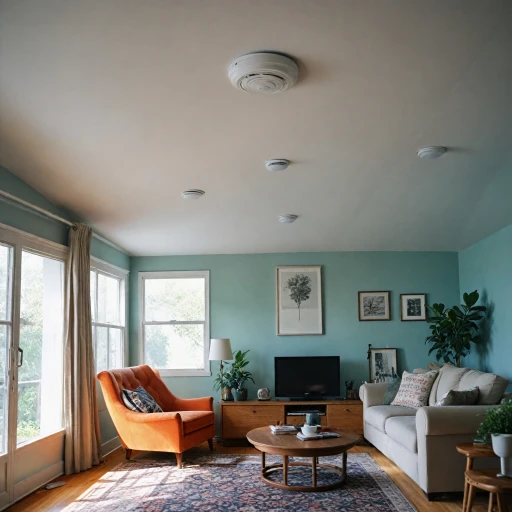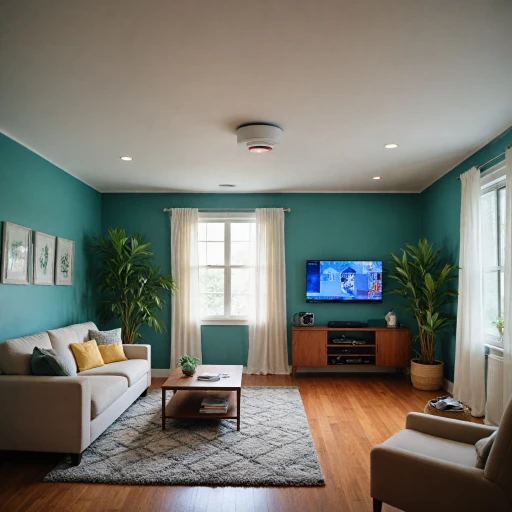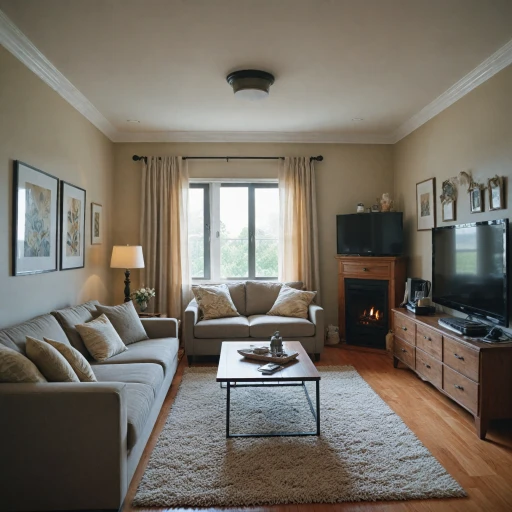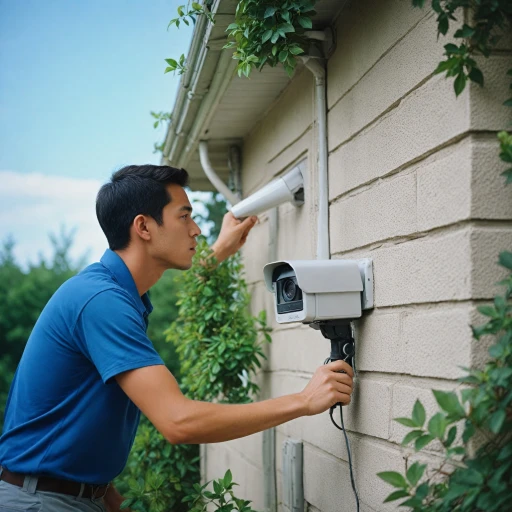
Understanding PoE Technology
Grasping the Basics of PoE
Power over Ethernet (PoE) technology is a crucial element in modern home security systems, offering a simplified method to power devices using settled IEEE standards. By delivering both data and electrical power through a single Ethernet cable, you streamline setup and maintenance. This innovation has opened doors for enhanced network management, especially appealing for home security setups.
With the integration of PoE, you can connect different devices like cameras using various switch configurations. Options range from unmanaged PoE options for straightforward arrangements to more sophisticated managed Ethernet switches, suitable for those craving more control over their network's performance.
The versatility offered by PoE technology allows connectivity flexibility with devices that support fast Ethernet and gigabit Ethernet standards. Additionally, choosing switches with SFP slots can enhance your network capabilities, providing room for fiber optic connections if needed.
Port configurations and power input are important considerations, impacting your installation's scope and performance. The number and type of PoE ports on a switch can determine how many cameras you can power effectively, making it important to consider your existing network and future requirements. A PoE budget rating, measured in watts, also guides users in selecting components that ensure reliable power delivery.
However, Power over Ethernet comes with intricacies, and understanding network specifications can prevent potential issues with camera connectivity or power distribution. For a deeper dive into the essentials, you might find additional insights here.
Benefits of an 8-Port PoE Switch for Home Security
Maximizing Security with a Multi-Port Power Solutions
The integration of an 8-Port PoE switch into a home security system provides several tangible benefits that heighten safety and streamline network efficiency. When considering investment in home surveillance technology, the switch is a linchpin for both ease of use and robust network management. Firstly, a PoE switch powers multiple devices simultaneously, eliminating the need for additional power sources. This minimizes clutter caused by excessive cabling and reduces the risks associated with tangled wires, ensuring a clean and safe environment. A remarkable advantage of using an 8-port PoE switch lies in its ability to support Gigabit Ethernet. This means faster data transfer rates, which are crucial for high-definition cameras that send large volumes of footage. Couple this with SFP slots, and you can enhance the flexibility and distance coverage of your Ethernet connections without sacrificing speed. Moreover, whether managed or unmanaged, these switches provide significant advantages in network management. Managed Ethernet switches allow users more control over the network, permitting easy configuration and monitoring. Although these may come at a higher price point, possibly affecting your PoE budget, their ability to prioritize traffic and improve network performance may justify the investment. An industrial PoE switch is designed to endure rugged conditions, making it a sturdy option for extreme situations. While typical home settings might not demand industrial-grade durability, these switches offer longevity and can handle substantial power inputs. For those with a smart, tech-integrated home, a web smart switch might be preferable. It bridges the gap between unmanaged simplicity and managed expertise. Lastly, for a seamless setup and to avoid common pitfalls like inconsistent power supply, it’s essential to consider the IEEE compliance of your PoE ports. This assures reliable power and data transfer through the Ethernet switch, which is vital for maintaining steady surveillance. To better understand the importance of security camera cords in this context, check out this guide on the importance of security camera cords. By exploring these factors, homeowners can optimize their network and security, ensuring peace of mind.Choosing the Right 8-Port PoE Switch
Selecting the Perfect Match for Your Setup
Choosing the right 8-Port PoE Switch involves understanding your specific home security needs while also considering factors such as power, network requirements, and budget. Here’s what you should keep in mind:- Network Type: Determine whether you need a managed or unmanaged PoE switch. Managed ethernet switches offer more flexibility and control over network settings, while unmanaged switches are easier to set up and operate. For those integrating into larger networks or requiring advanced settings, web smart or managed switches may be suitable.
- Port and Power Requirements: Identify the number of PoE ports needed to support all cameras and smart devices. Additionally, ensure the switch complies with IEEE standards for power requirements, ensuring each port provides sufficient watts for connected devices.
- Speed and Connectivity: Opt for a gigabit ethernet switch if you require faster data transfer rates. For additional connectivity and expansion, consider a switch with SFP slots or ports for fiber optic connections.
- Environmental Considerations: If your home security setup is exposed to harsher environments, an industrial PoE switch may offer better protection. Consider PoE switches that are explicitly built for such conditions, ensuring durability and reliability.
- Budget Constraints: It's crucial to balance features with your budget. While a PoE budget-friendly model might seem appealing, ensure it meets your necessary requirements. Features like gigabit PoE capability might justify a higher investment.
Installation Tips for PoE Switches in Home Security
Effective Installation Strategies for Your PoE Switch
Setting up a PoE switch for your home security system might seem daunting, but with the right approach, it can be streamlined effectively. Whether you've chosen an unmanaged PoE or a web smart switch, the installation steps are crucial for maximizing your system's efficiency.- Locating the PoE Switch
- Choose an accessible and centralized location for your PoE switch that can easily connect to all devices requiring power and data, like cameras and smart systems.
- Ensure the area has adequate ventilation to prevent overheating, especially if using a high-wattage industrial PoE switch.
- Connecting Power and Ethernet
- Use quality cables to connect your security cameras to the PoE switch ensuring connection stability. Gigabit Ethernet cables are recommended for higher data throughput.
- The IEEE-compliant PoE switch should have sufficient power input based on the number of devices and their power needs; calculate the maximum watts required for all connected PoE ports.
- Configuring Network Settings
- For managed Ethernet switches, access the web interface to configure port settings, VLANs, and other network specifications. This customization can optimize network traffic and enhance security.
- With unmanaged PoE options, ensure that the switch is simply providing the necessary power and data transfer without additional configuration.
- Test All PoE Connections
- Once everything is connected, conduct a thorough check on each Ethernet switch port to ensure all cameras and smart devices are powered and receiving data.
- Run network tests to confirm there’s no interference and that the devices are communicating properly over the system.
- Consider Backup Power Solutions
- To safeguard your home security, integrate a power supply solution to handle power outages. See if your PoE switch can accommodate such features.
Integrating PoE Switches with Smart Home Systems
Integrating with Smart Home Systems
When enhancing home security using an 8-Port PoE switch, combining it with your smart home system can significantly amplify the overall security and convenience. Modern smart homes leverage various IoT devices, including cameras, sensors, and more. Integrating a PoE switch into this ecosystem enhances connectivity and power management capabilities without overwhelming existing infrastructure. First and foremost, check that your PoE ports are sufficient to accommodate all smart devices needing a constant power supply via Ethernet. Managed switches are often preferable in this situation, allowing for enhanced control over the network traffic across multiple ports. Utilizing so-called "web smart" features can prove beneficial. With these features, managing traffic becomes easy through a user-friendly web interface. You can set up different parameters to segregate security-related traffic from other household network demands. This ensures that security cameras always receive the bandwidth they need without interference. Moreover, you might want to consider gigabit Ethernet switches if you plan on handling high-definition video feeds. These switches offer higher data transfer rates, ensuring that video footage is transmitted smoothly and efficiently. In environments where speed isn't the only concern, PoE compliant switches bridge the gap for IEEE standards, making sure your devices are safe and secure. Additionally, gigabit PoE options provide adequate power (measured in watts) to smart devices over existing cables, minimizing the need for additional wiring. The choice of ports, ranging from fast Ethernet to ports with SFP and gigabit capabilities, is important. These selections can make the difference between an efficient smart home integration and a network bottleneck. Ensure that your equipment has the necessary SFP slots for expansion, should your system require it in the future. Finally, budgeting appropriately is essential. While high-end managed Ethernet switches provide superior control, there's always a balance to maintain with industrial PoE switches and unmanaged PoE options if cost is a significant factor.Troubleshooting Common Issues with PoE Switches
Dealing with PoE Switch Glitches
Setting up an 8-port PoE switch in your home security network can significantly enhance your security system's performance. However, sometimes things might go awry, requiring troubleshooting. Here's a guide to tackle common PoE switch issues:
- Power Concerns: Ensure your PoE switch is receiving sufficient power input, which is crucial for supporting the connected devices. Check the power adapter and confirm the watt output aligns with your devices' requirements. This can be a common issue with budget PoE switches.
- Network Connectivity: Verify that the Ethernet cables are securely connected. If the network seems slow, consider upgrading to a gigabit ethernet switch to handle data traffic more efficiently.
- Device Compatibility: All connected devices should be IEEE compliant to avoid compatibility issues. Non-compliant devices might fail to function correctly when connected to your PoE switch.
- Port Usage: It may be tempting to use all the ports, but it's crucial to distribute the load evenly. Overloading specific ports can lead to network lag. Prioritize which cameras should occupy slot positions in the switch.
- Managed vs. Unmanaged: If using a managed Ethernet switch, check configuration settings via the web smart interface. It's essential for those who want to tweak network settings to suit specific needs. Conversely, unmanaged PoE switches may have limitations, leading to performance hindrances.
- SFP Slot Issues: If you're aiming for long-distance connections, check SFP (small form-factor pluggable) port compatibility. Not all switches have slots that support every SFP port module, which could result in a network gap.
- Smart Home Integration: Ensure your network settings are correctly configured to integrate smart home systems. The addition of industrial PoE might require extra configuration if external devices struggle to communicate within the network.
Rectifying these issues ensures your PoE switch operates optimally, maintaining a robust and efficient home security system. Regular checks and maintenance can further prevent long-term disruptions.

